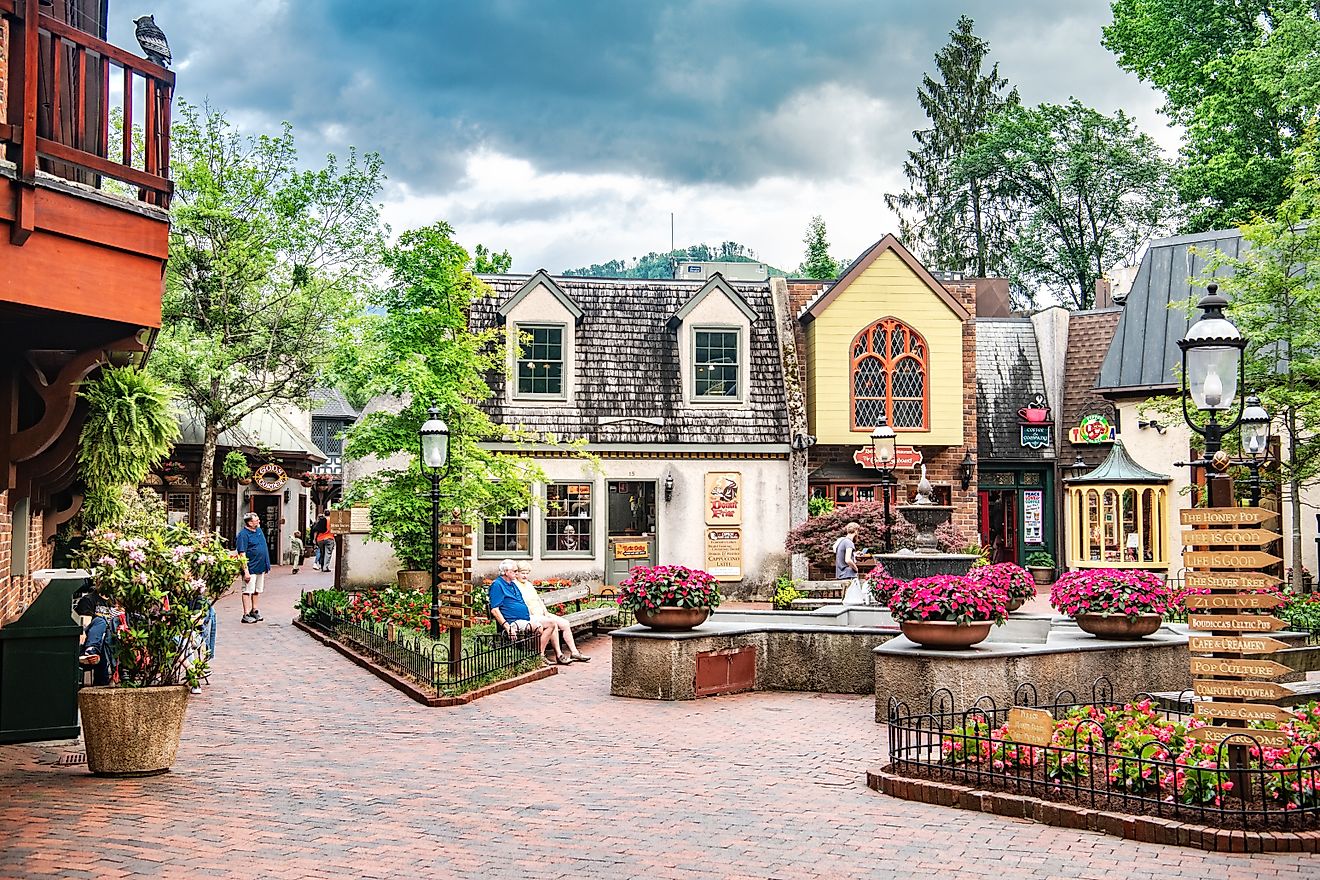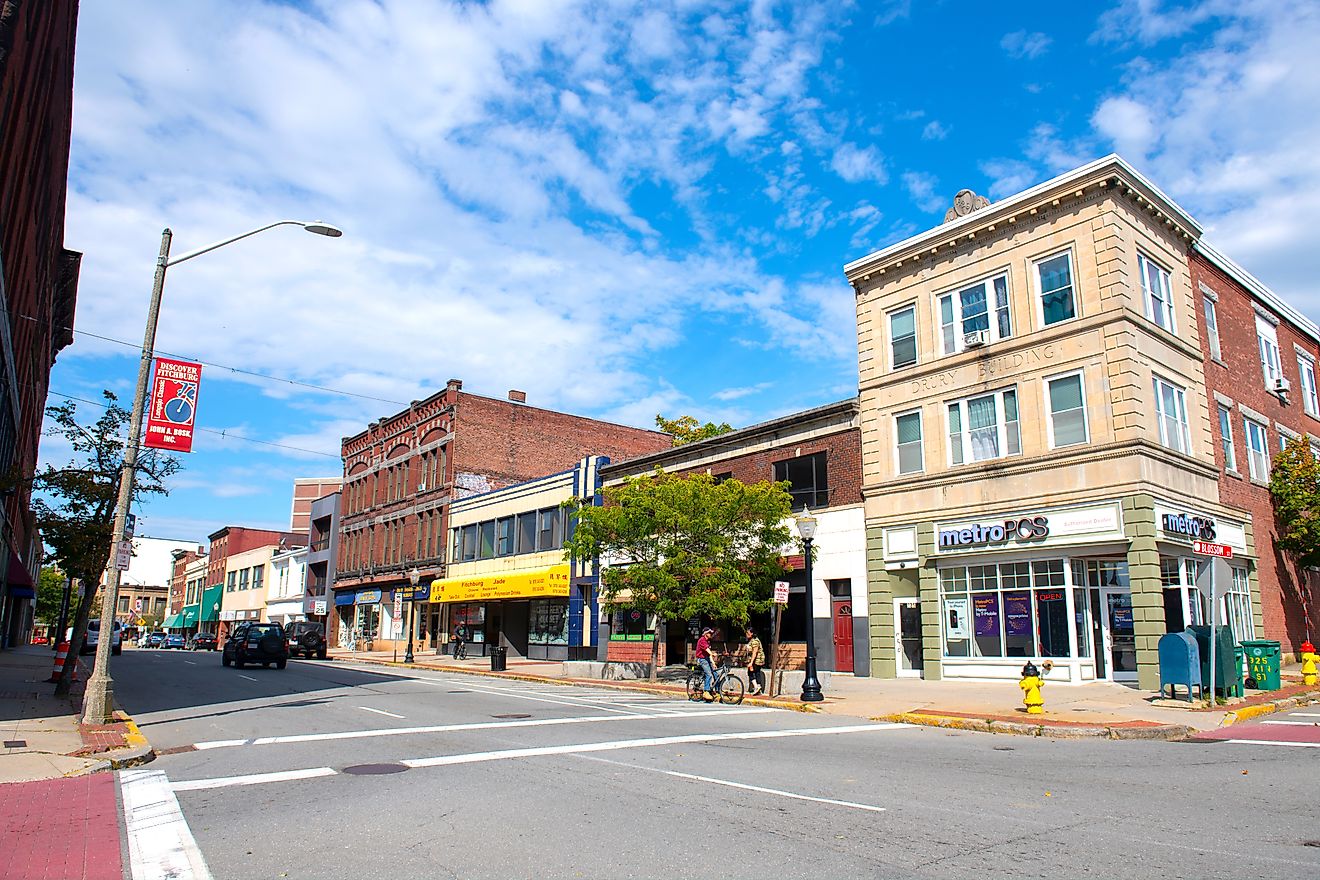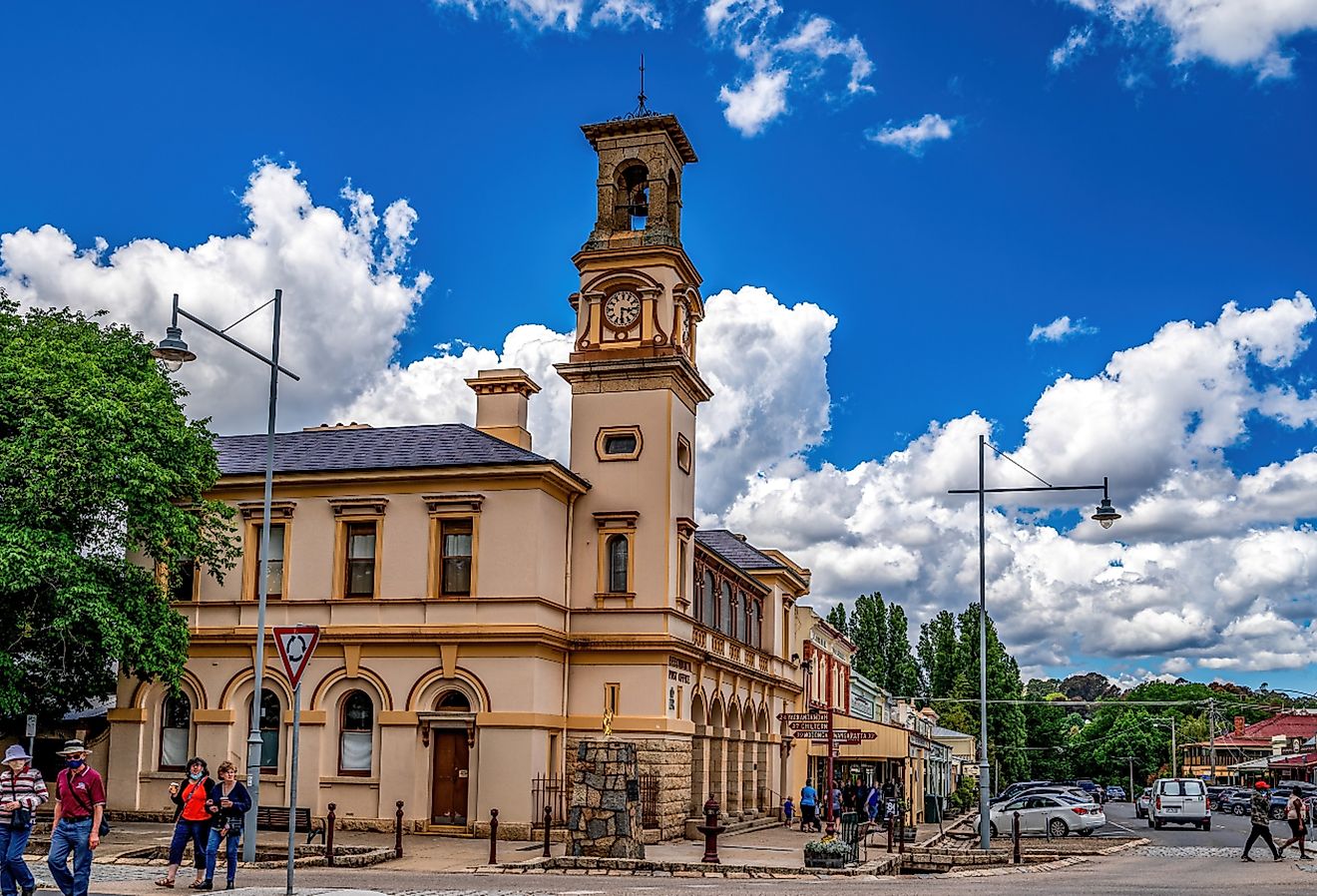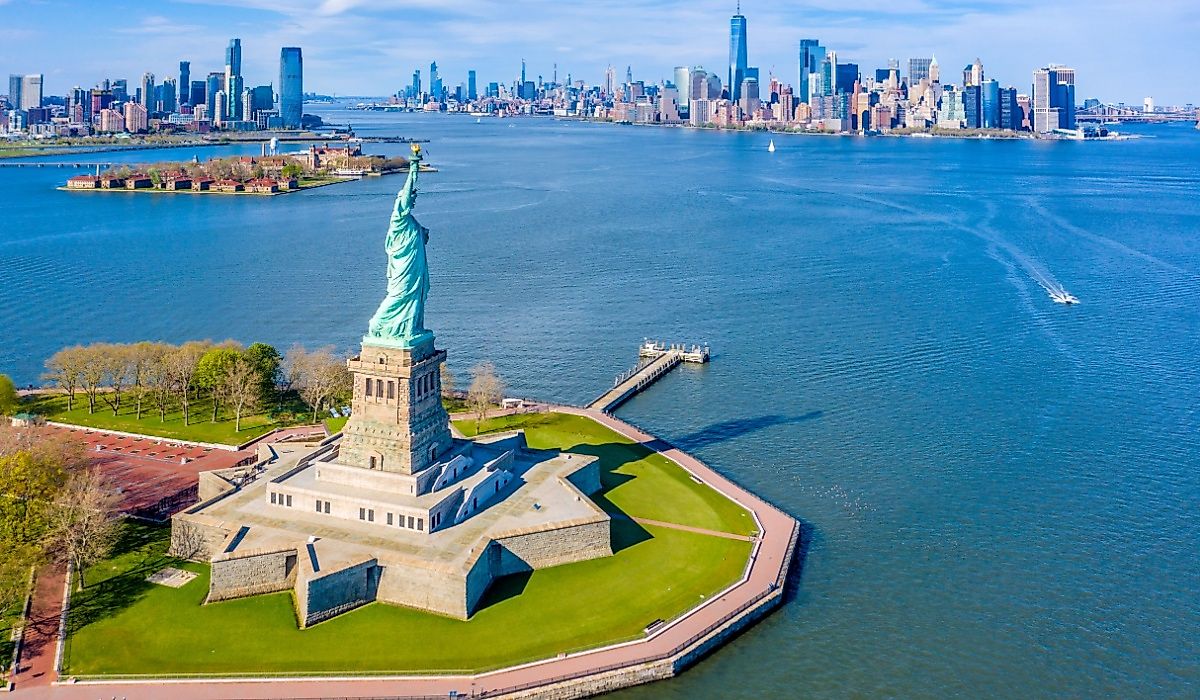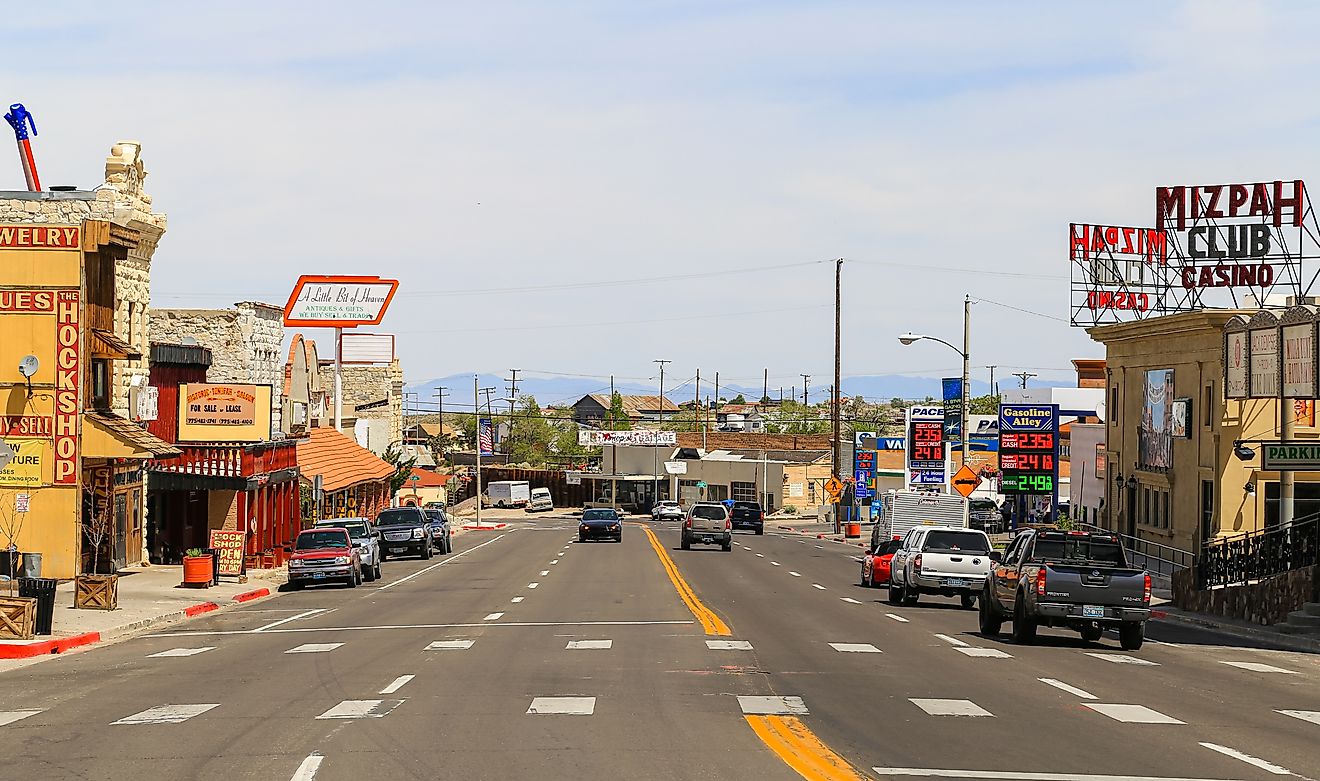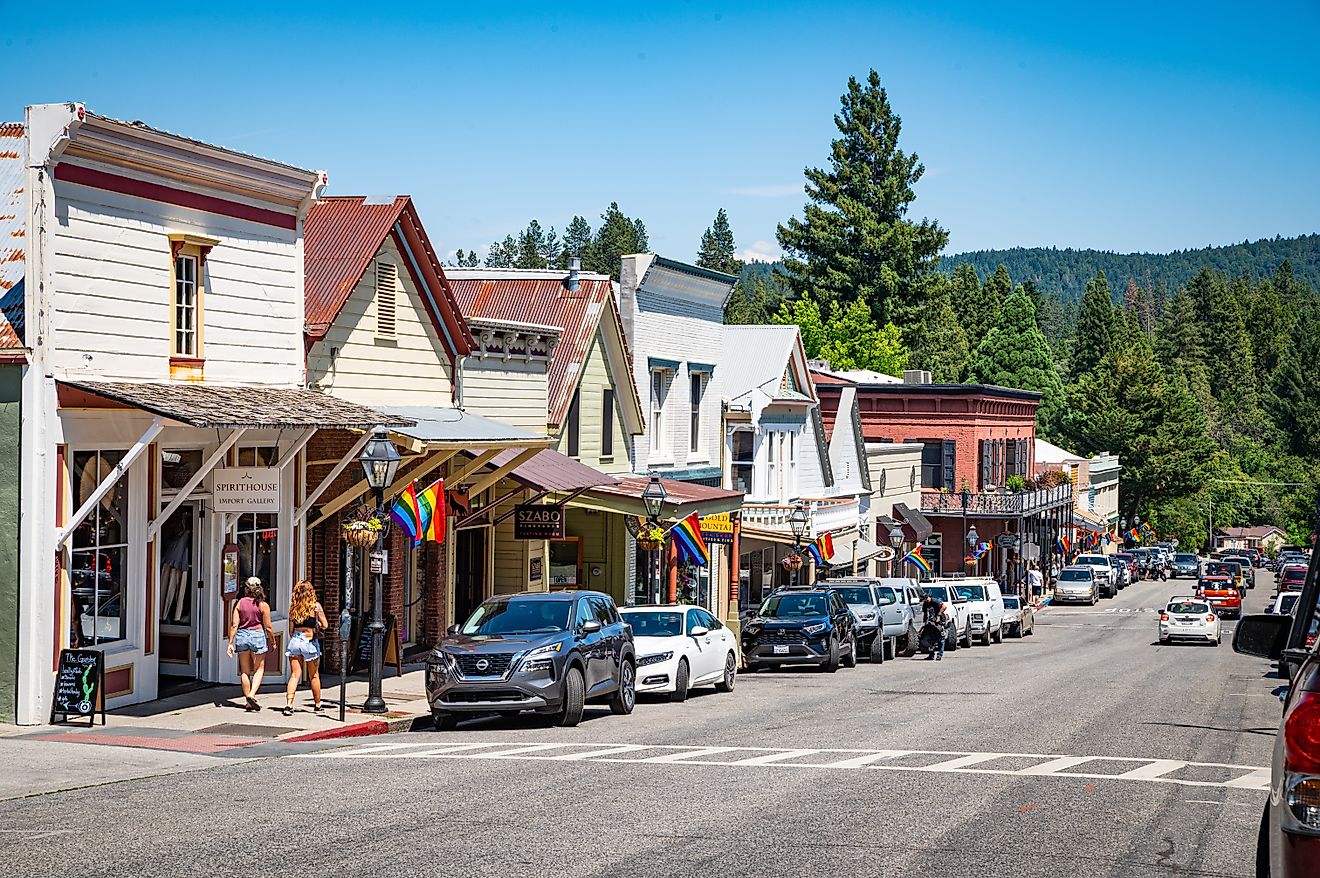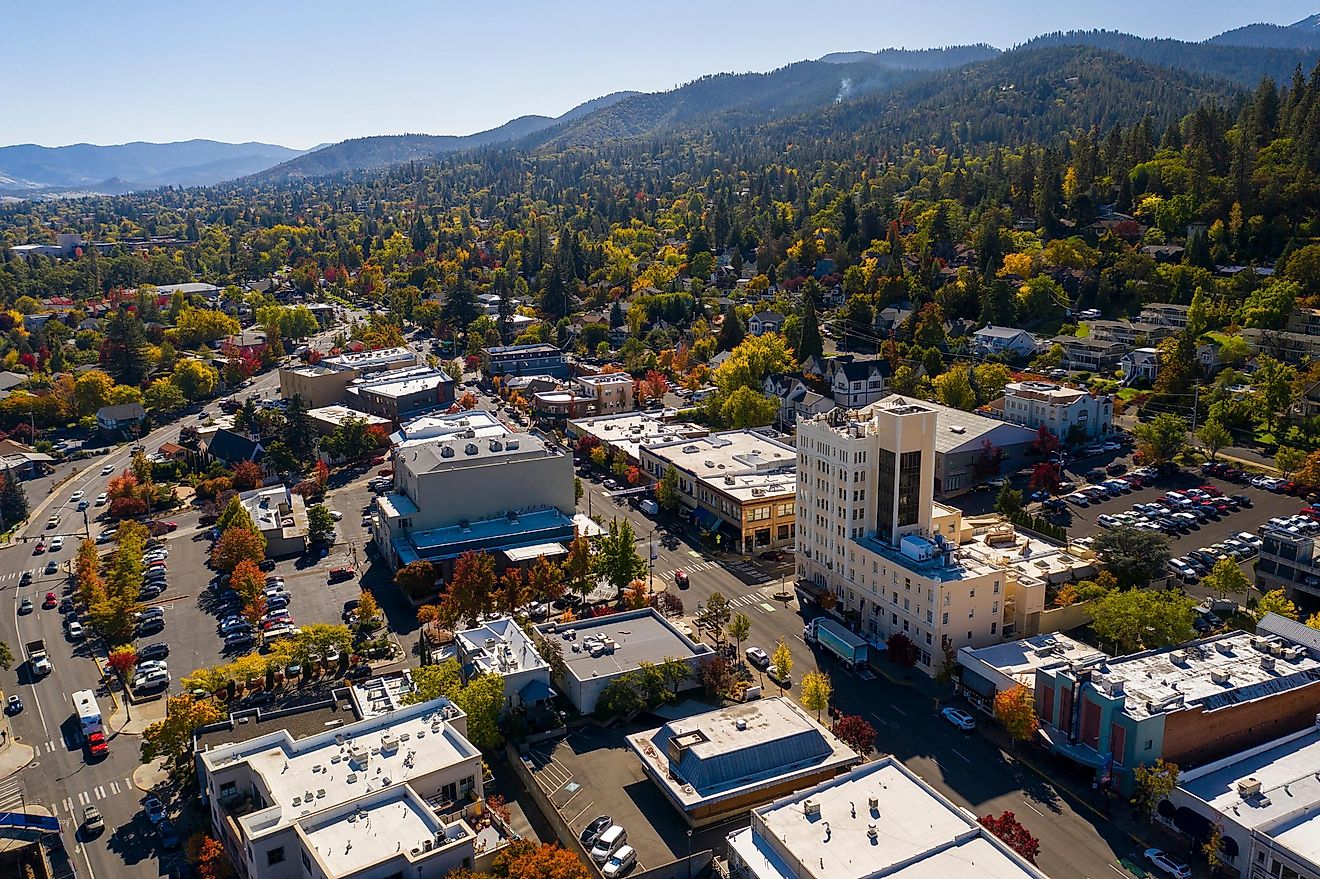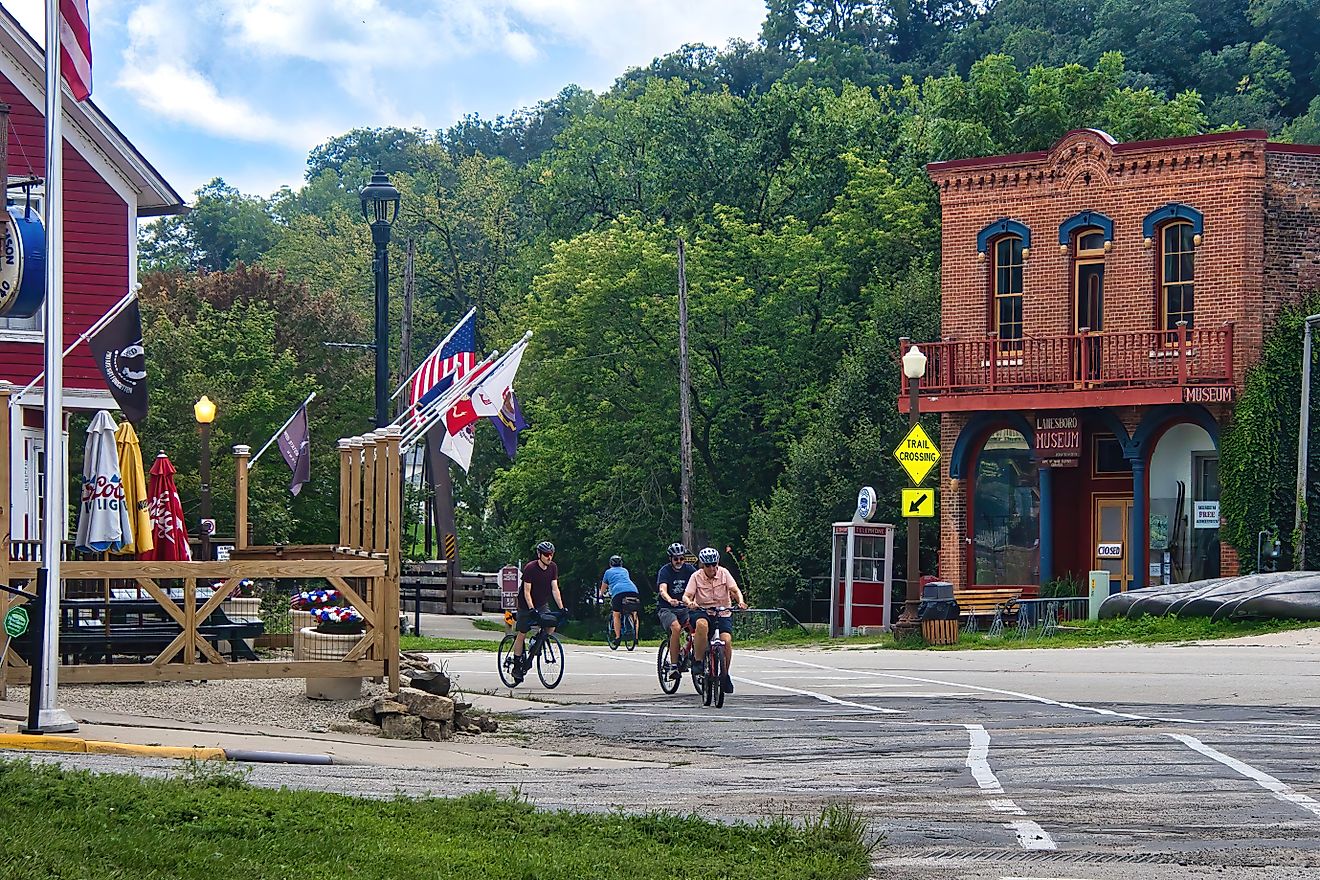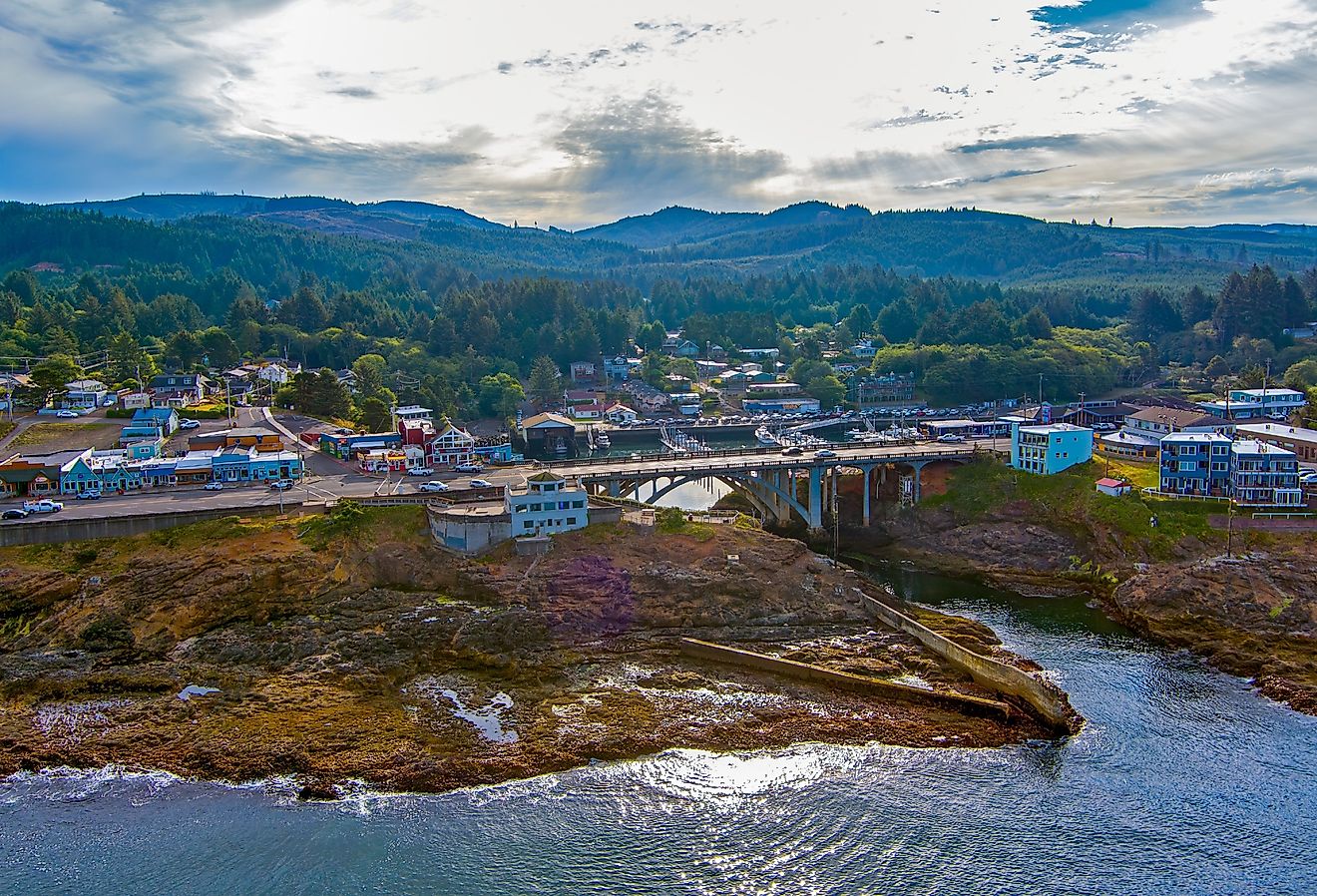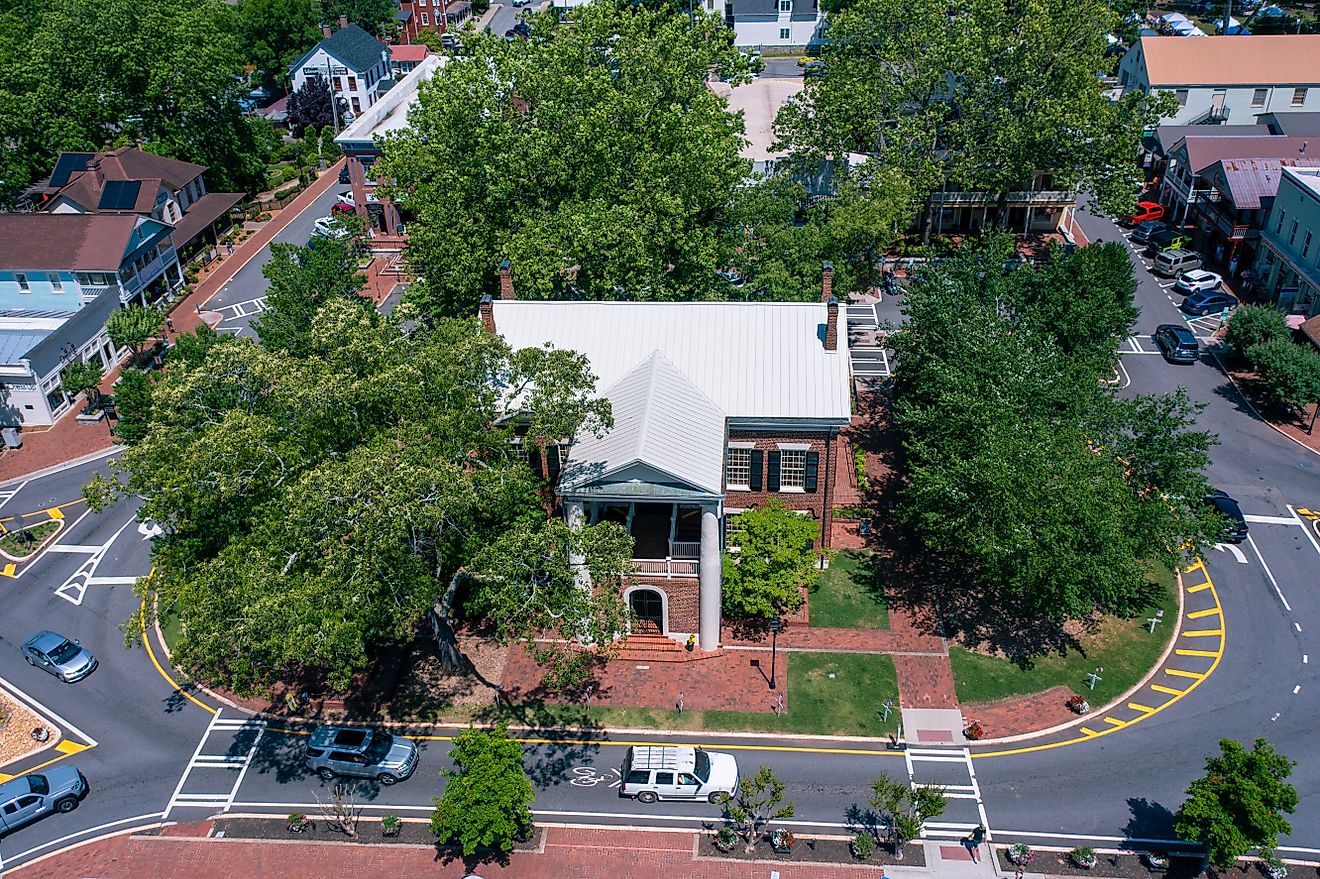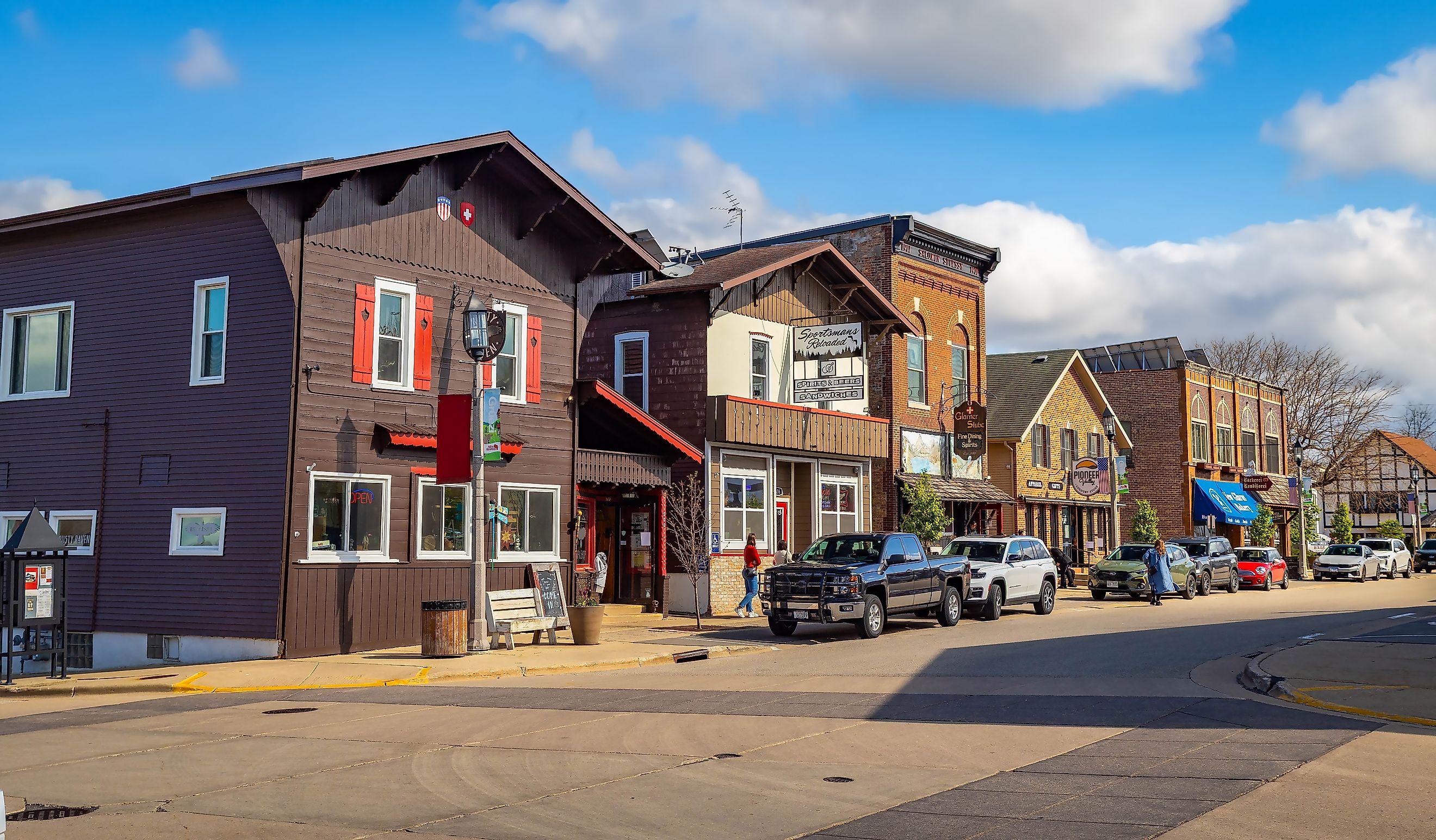
8 Fairy-Tale Small Towns In Wisconsin
When the Brothers Grimm dreamed up enchanted villages, they forgot to check the Upper Midwest. Wisconsin quietly wrote its own folklore: cider-scented streets, stone mills rattling with looms long retired, lighthouses that trade winks with Lake Superior’s fog. Follow a map that looks suspiciously like a block of Swiss cheese and you’ll find eight places where the stop-signs feel like chapter breaks.
These eight towns aren’t stitched together by mileage; they’re bound by mood. Each village keeps a singular prop box, cornish pasty ovens, apple presses, beer kettles, ready for its daily performance. Collect them all and you’ve walked straight through a living storybook, illustrated in limestone, cherry orchards, and barn-red freight depots. Just remember the cardinal rule of Wisconsin folklore: every quest ends with pie, beer, or both.
Cedarbug
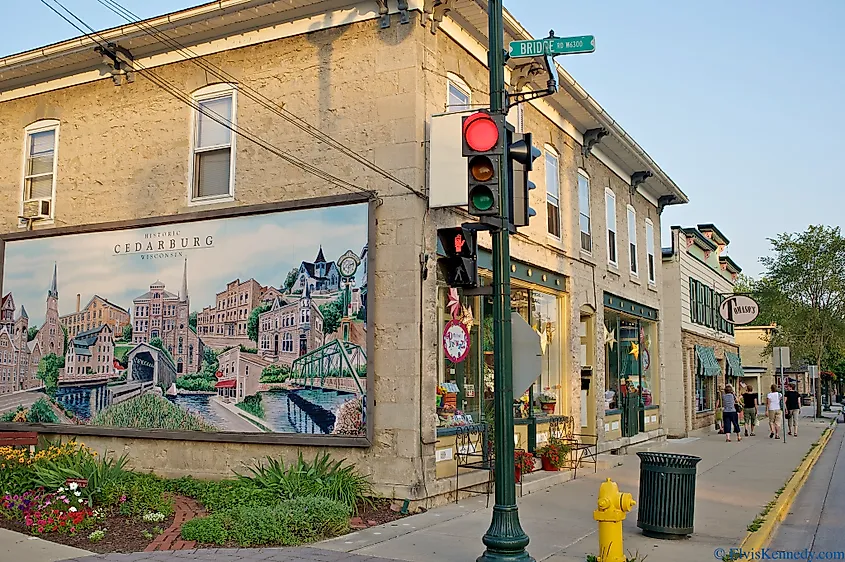
A 19th-century woolen mill powered by Cedar Creek still anchors the heart of Cedarburg. Built in 1864, the five-story stone structure now houses the Shops of Cedar Creek Settlement, over 25 boutiques, galleries, and the tasting room of Cedar Creek Winery. The town’s industrial past hasn’t been repainted or paved over. Instead, it’s lived in. Washington Avenue is lined with original limestone buildings that once held blacksmiths, tinsmiths, and apothecaries. Today, they hold the likes of Amy’s Candy Kitchen, where giant caramel apples are still hand-dipped and rolled in crushed toffee.
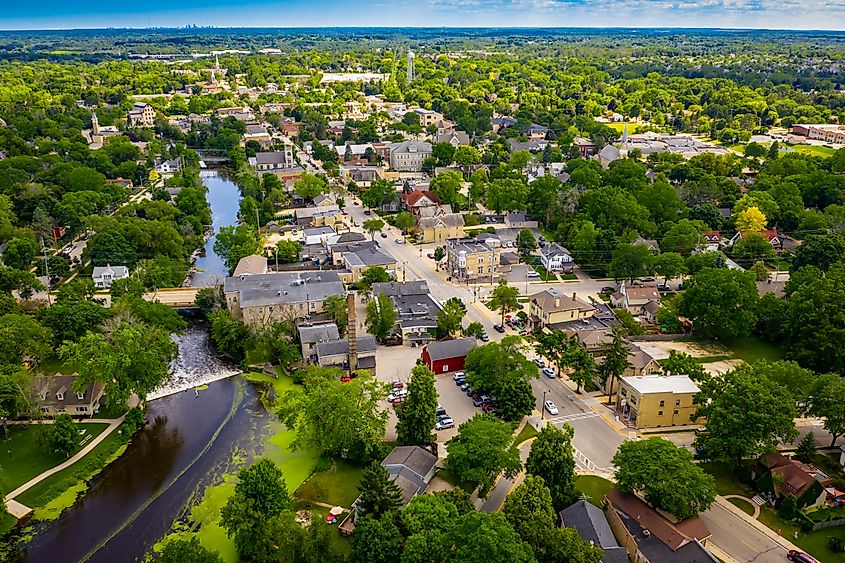
The Cedarburg Art Museum operates out of an 1898 Queen Anne home and regularly pairs exhibits with live music and beer gardens on the lawn. Just beyond downtown, Covered Bridge Park preserves the last original timber bridge in the state, built in 1876 and still standing over Cedar Creek. At Rebellion Brewing Company, housed in a former auto repair garage, locals gather for IPAs and trivia nights. Lunch at The Stilt House offers nearly 30 craft beers and dishes like Korean pork belly sliders inside a narrow 1850s brick building. Cedarburg isn’t themed or curated, it’s intact. And that’s rare.
Bayfield
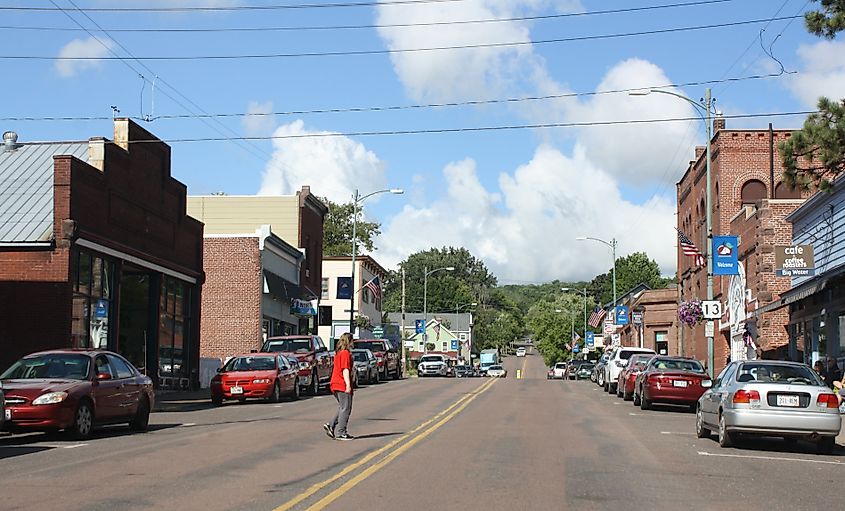
Bayfield sits on the edge of Lake Superior, but what sets it apart isn’t just the view, it’s the access. This is the mainland gateway to the Apostle Islands, a 22-island national lakeshore chain filled with sea caves, lighthouses, and beaches reachable by kayak or ferry. The town has fewer than 600 residents, but each fall, over 60,000 people show up for the Bayfield Apple Festival, crowding into six square blocks to buy cider, listen to street music, and sample pie from orchards like Erickson’s and Blue Vista.
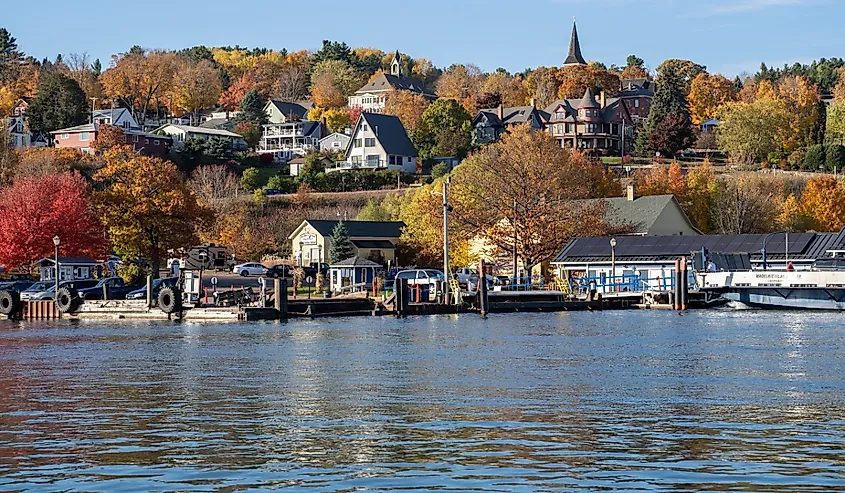
The Bayfield Maritime Museum, run by volunteers, offers free admission and holds commercial fishing relics, shipwreck maps, and the lens from the Michigan Island Light. Across Rittenhouse Avenue, Manypenny Bistro serves fish tacos with lake trout caught the same morning. The Madeline Island Ferry Line departs from the city dock and makes the 25-minute trip to La Pointe hourly in summer, carrying bikes, cars, and dogs to a place with beaches, a historic fort, and no stoplights. Back in Bayfield, Black Dog Village Pub & Bistro
Ephraim
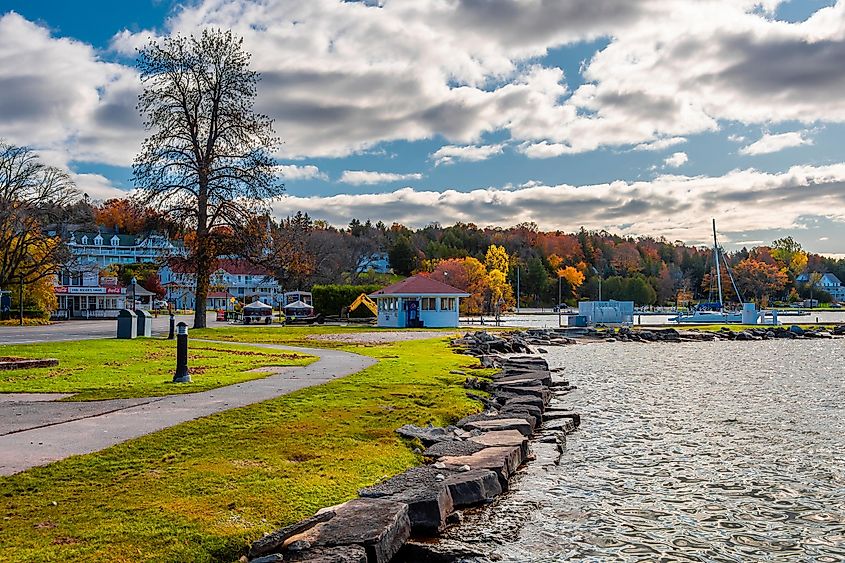
Ephraim was founded in 1853 by Norwegian Moravians, and for over a century, it remained a dry town, no alcohol was sold until 2016. The village faces west over Eagle Harbor, which means every street-end points toward a sunset. The Hardy Gallery, housed in a graffiti-covered dock warehouse, invites visitors to sign their names on the exterior, a decades-long tradition. Inside, rotating exhibits feature regional artists and photographers. Just uphill, the Ephraim Moravian Church’s white steeple still marks the skyline and is open for tours during the summer.
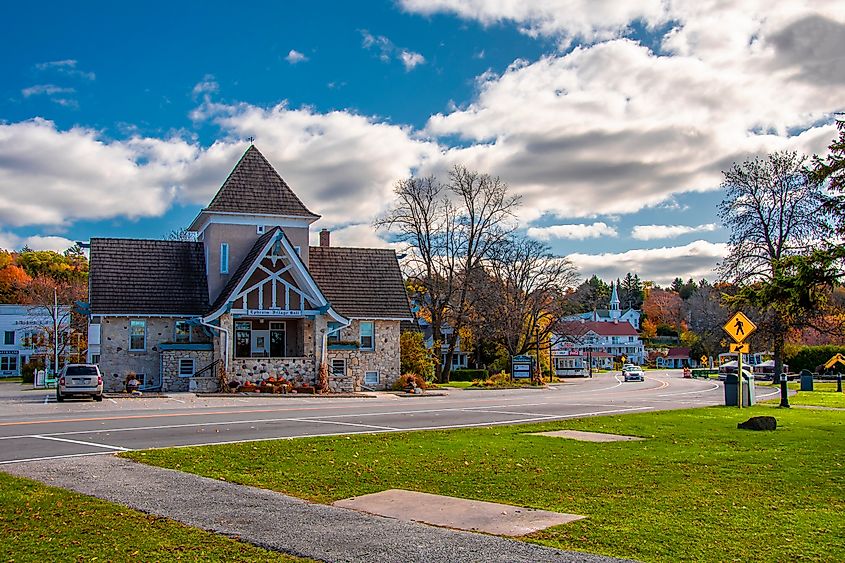
Wilson’s Restaurant & Ice Cream Parlor has been operating since 1906. Booths are backed by jukebox selectors, and the root beer is still made in-house. Across the street, Peninsula State Park offers access to Nicolet Bay Beach, Eagle Bluff Lookout, and miles of forested trails. The Ephraim Historical Foundation runs walking tours that include the Anderson Barn Museum and the Goodletson Cabin, two 19th-century buildings preserved on site.
New Glarus
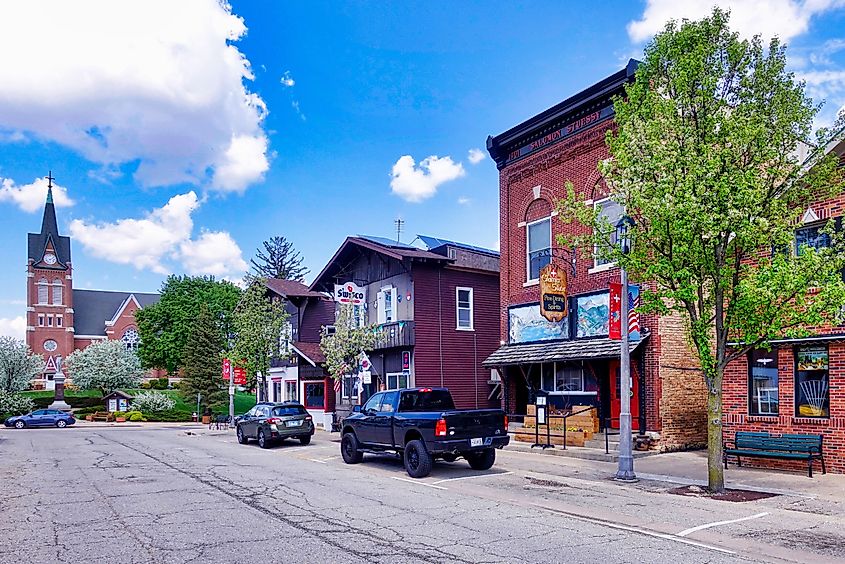
New Glarus was settled by Swiss immigrants in 1845 and still uses the nickname “America’s Little Switzerland” without irony. The town’s architecture follows Alpine code: chalet roofs, painted shutters, and flower boxes, many installed by descendants of the original settlers. The New Glarus Brewing Company, located on a hill overlooking the valley, draws thousands to its self-guided taproom and garden patios. The brewery’s flagship, Spotted Cow, is only sold in Wisconsin and accounts for over half its sales.
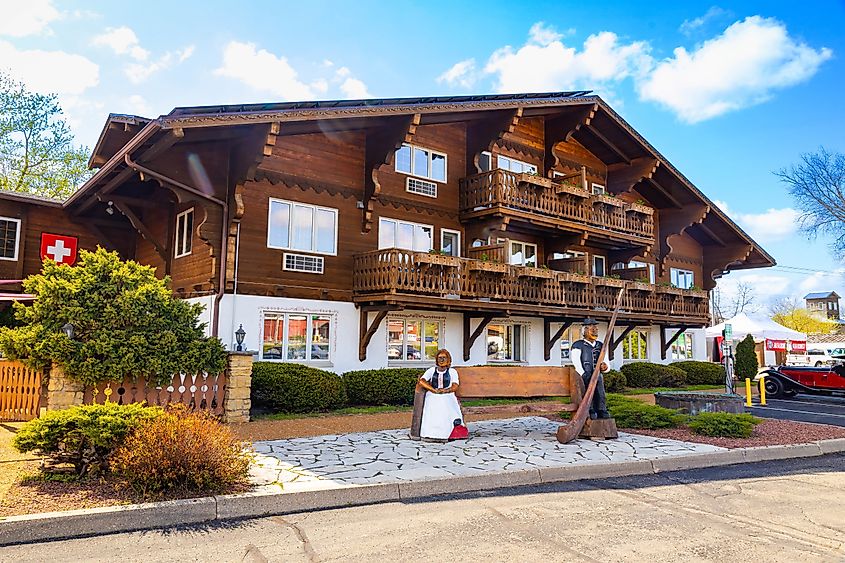
The Swiss Historical Village & Museum preserves 14 buildings, including a blacksmith shop, a one-room schoolhouse, and a working cheese factory replica. Just east of town, the Sugar River State Trail cuts through woods, pastures, and old trestle bridges on its way to Monticello. Puempel’s Olde Tavern, established in 1893, still serves beer under murals painted by Swiss artists a century ago. Glarner Stube, just down the street, plates veal wienerschnitzel and fondue under carved wood rafters. In summer, cows graze on hills just beyond the downtown sidewalk.
Mineral Point
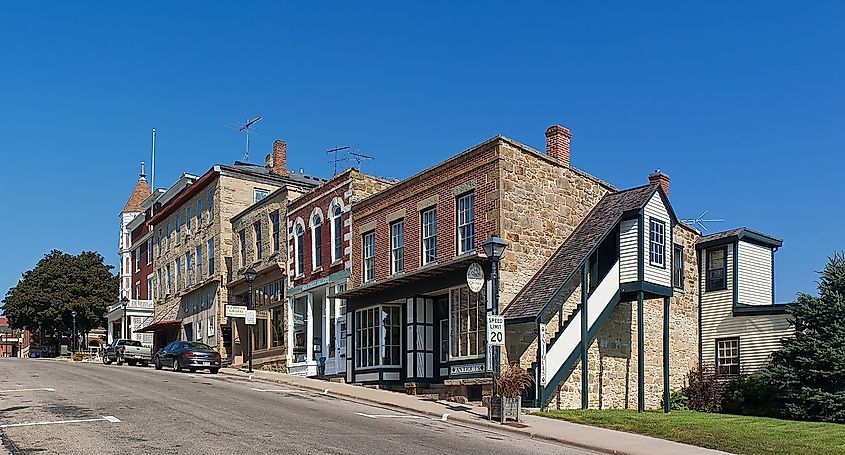
Mineral Point was the first city in Wisconsin to be listed on the National Register of Historic Places. It began as a lead mining camp in the 1820s and became a Cornish settlement when immigrants from southwestern England arrived to work the hills. Dozens of their stone cottages remain, most famously at Pendarvis, a restored cluster managed by the Wisconsin Historical Society. The settlement includes a working miner’s cottage, historic gardens, and a tearoom serving pasties and figgyhobbin during event weekends.
High Street holds the densest row of 19th-century commercial buildings in the state, now filled with galleries like the Brewery Pottery Studio and Longbranch Gallery. Shake Rag Alley Center for the Arts offers blacksmithing, mosaics, and poetry workshops in a compound of cabins and schoolhouses framed by native gardens and stone paths. Brewery Creek Brewpub operates inside an 1854 limestone warehouse and serves cask ales alongside dishes like trout cakes and flatiron steak. Just outside town, the 40-acre Merry Christmas Mine Hill preserve includes bluff overlooks, hand-dug mining shafts, and a wildflower trail system looped with interpretive signs.
Fish Creek
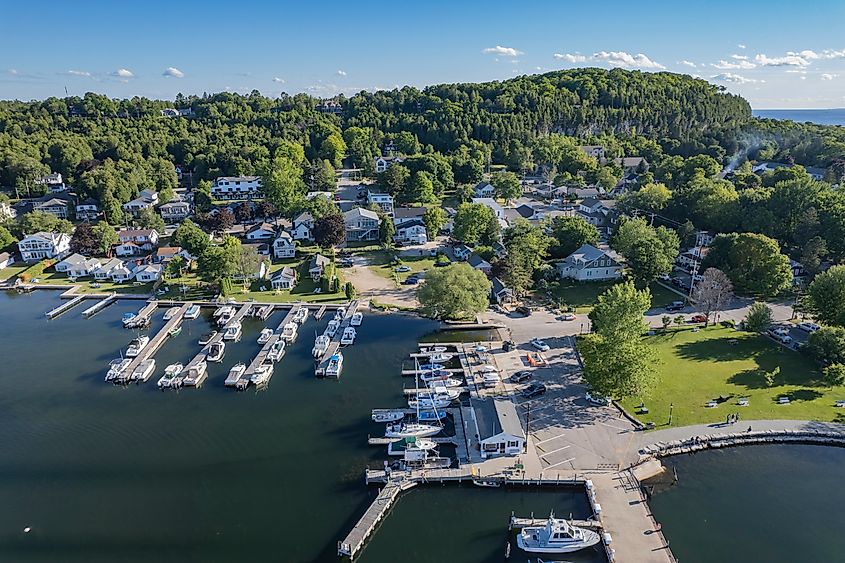
Fish Creek runs along a natural harbor that once shipped limestone from the Niagara Escarpment. The town developed around a dock and sawmill in the mid-1800s, but its shift to an arts destination came when the Peninsula School of Art opened in 1965. Today, Fish Creek borders the main entrance to Peninsula State Park, which includes Eagle Bluff Lighthouse, 8 miles of shoreline, and a 75-foot observation tower with views across Green Bay. Sunset Beach Park fills nightly with lawn chairs facing west.
Nicolet Bay Kayak Rentals operates from the park and offers access to Horseshoe Island, just offshore. In town, the White Gull Inn still hosts traditional Door County fish boils over open fire pits, finished with cherry pie. Fish Creek Scenic Boat Tours departs daily for Peninsula’s sea caves and the Strawberry Islands. Lautenbach’s Orchard Country, just south of the main strip, offers cherry picking, wine tastings, and tours of their 100-acre farm. The Door Community Auditorium books acts ranging from touring folk musicians to Lakota drummers. Nearly every building downtown, gift shops, cafés, bike rentals, is within walking distance of the shoreline. Most have been standing since before 1900.
Elkhart Lake
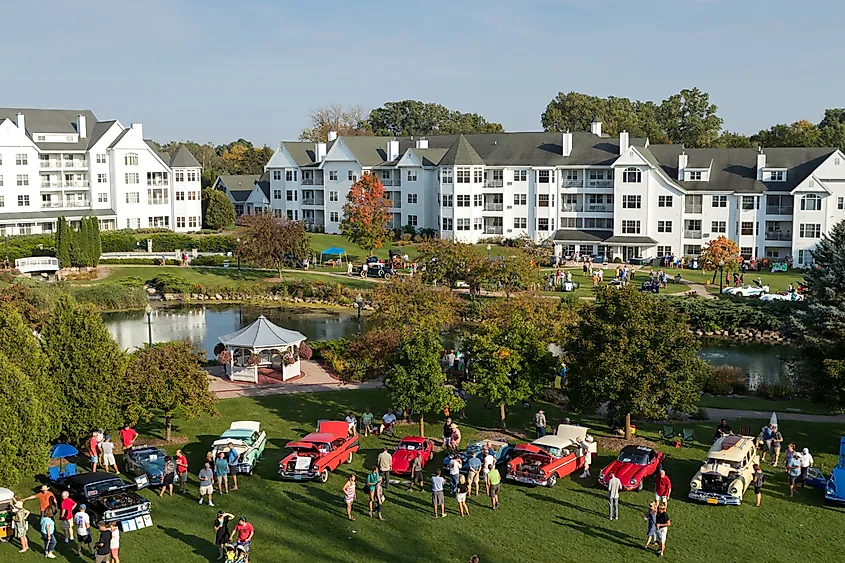
Elkhart Lake began as a resort destination in the 1860s when wealthy Chicagoans took the train north to escape summer heat. What sets it apart today is Road America, one of the longest permanent road-racing tracks in the world. The 4-mile course runs through 640 acres of forest and draws major motorcycle and IndyCar events. In town, Siebkens Resort has been operating since 1916 and still serves drinks at its back-bar, where racers and crews gather after events. The original open-road racecourse from the 1950s is marked with historic signs and can be driven as a loop.
Fireman’s Park offers public access to the spring-fed lake, known for its clarity and deep-blue hue. Rentals for stand-up paddleboards, pontoons, and hydrobikes are available through Elkhart Lake Watersports. The Osthoff Resort, a turn-of-the-century hotel turned event center, holds seasonal cooking classes, winter markets, and spa treatments. Just off Rhine Street, the Wade House Historic Site includes a working blacksmith shop, stagecoach hotel, and the Wesley W. Jung Carriage Museum with over 100 horse-drawn vehicles. Dining at Paddock Club pairs local trout and handmade pasta inside a former tavern that once served railroad passengers.
Stockholm
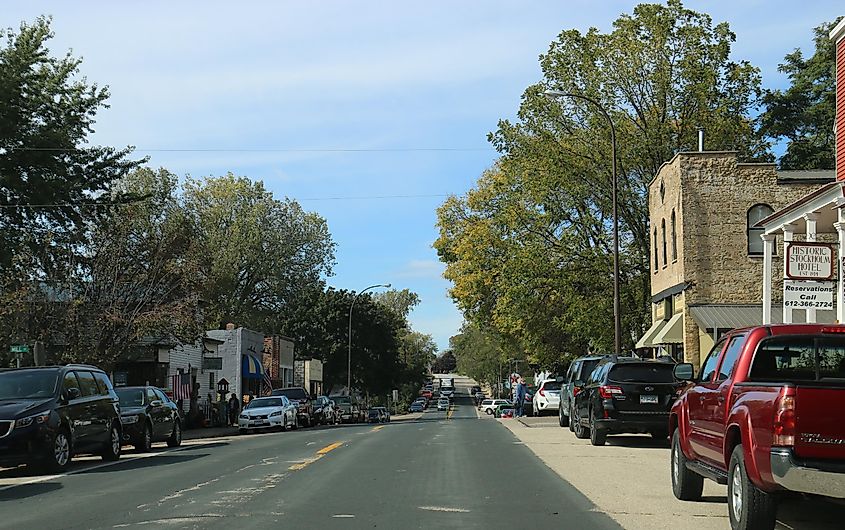
Stockholm has fewer than 100 residents and sits along the Mississippi River on the Great River Road, a national scenic byway. Founded by Swedish immigrants in 1854, the town never industrialized. Most buildings date to the 1880s and were constructed by shipbuilders, using leftover timbers from steamboat yards. The shoreline sits below 400-foot limestone bluffs that trap fog and morning light. Maiden Rock Bluff State Natural Area, just south of town, includes hiking trails and a bald eagle nesting site overlooking Lake Pepin.
The Stockholm Pie and General Store serves slices of triple berry, lemon cream, and almond cherry made daily in a kitchen behind the counter. The Palate, a wine and provisions shop, stocks cured meats, regional cheeses, and Scandinavian candy. Every July, the Stockholm Art Fair brings nearly 100 juried artists to the town park on the lakefront. Bogus Creek Café and Bakery, set in a cottage with a front garden, sells sourdough and serves open-face sandwiches on rye.
Together these eight hamlets prove Wisconsin’s real magic hides between the interstates. Follow creeks, bluffs, orchards, and racetracks, and each village unveils its own artifact, bridges, brews, sea caves, pies. Map them into one itinerary and the Badger State becomes a living folklore museum, open daily, admission paid in curiosity alone.
